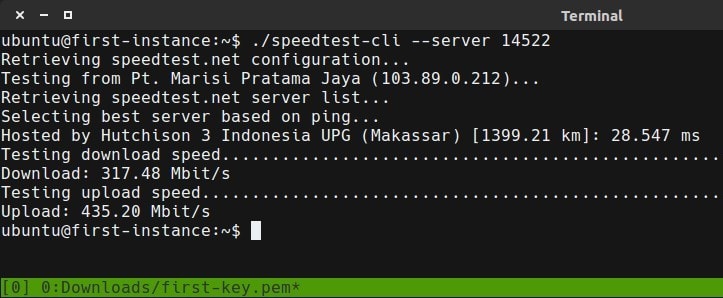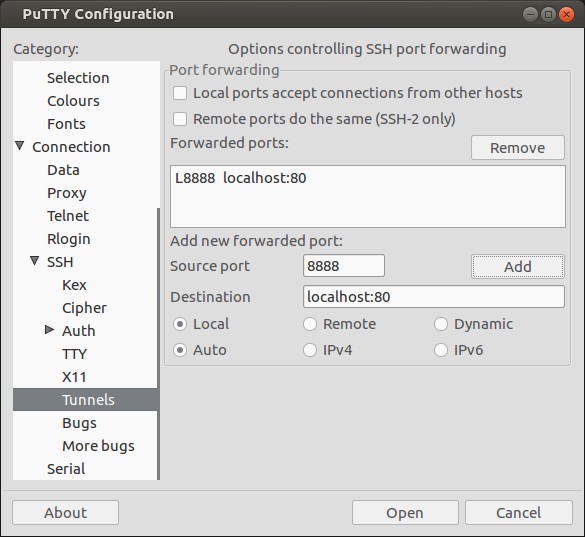


I can execute commands on it by first logging in to a server which has both IPv4 and IPv6 and then logging into my pi from there. I'm currently in a location where I don't have IPv6. I have my Raspberry Pi at home which I can access over the internet but only via IPv6. TL DR: The first paragraph, the one with the link, and the one with the error message are most important. It provides an alive checking mechanism.Yes, I'm aware that I wrote "SSH shell" in the title. -M: Creates a direct tunnel on a port, loop-backed to a reverse one, echo_port.If we add authentication keys, as shown on our SSH keys tutorial, the tunnels will open without user intervention, as long as autossh is running.


This utility can automatically create and recreate SSH sessions.
SSH PROXY THROUGH FREE REMOTE SHELL SOFTWARE
Even if we can even configure the frequency and timeout for the session keepalives to facilitate the connection-loss detections, it would be nice to fully automate the SSH session creation and reconnection.įor that, a handy piece of software is autossh. Persistent Tunnelsīy the way, an SSH tunnel only exists as long as the SSH connection holds. Also, the host specification allows wildcards. Reverse/callback tunnel on port 8022 in the loopback interfaces of the SSH server to our local client hostĪ lot of other options are available, like compression, Kerberos authentication forwarding, and many others.Direct tunneling from the local port 5432 to remote host 10.1.4.200 port 5432.This will connect to the remote SSH server on 10.1.4.100, using user ‘ baeldung‘, allowing: RemoteForward localhost:8022 localhost:22 In these files, we can specify default configurations to each commonly used endpoint, including forwarding tunnels and proxies: host 10.1.4.100 If it doesn’t exist, which is the default, we’ll have to create a new one. We can use the global ssh client config file (located on /etc/ssh/ssh_config or/etc/openssh/ssh_config) or use our user’s specific configuration file that is located at ~/.ssh/config. That’s why one of the most lovely features of ssh is allowing any command-line parameters in the config files. If disabled, other hosts on the SSH server network might use it. X11UseLocalhost: Forces the X11 forwarding to be only allowed from the SSH server host loopback address.X11Forwarding: Specifies whether X11 forwarding is allowed.PermitTunnel: Specifies whether tun device forwarding is allowed.PermitOpen: Specifies the address and ports a TCP forwarding may point to.It provides more fine control if we enable GatewayPorts. PermitListen: Specifies the addresses and ports that can be bound to allow port-forwarding to clients.By default, only the hosts running the SSH server can use reverse tunnels. GatewayPorts: Allows other hosts to use the ports forwarded to a client (reverse tunnels).Override, if enabled, all other related configurations options DisableForwarding: Disables all kinds of forwarding.It enables single TCP port forwards and socks proxying AllowTcpForwarding: Allows TCP port forwarding.AllowStreamLocalForwarding: Allows Unix domain sockets to be forwarded.Its location varies a little but is usually on /etc/ssh or /etc/openssh. The enablement of sshd, the daemon that serves ssh sessions, is done by editing the sshd_configfile.


 0 kommentar(er)
0 kommentar(er)
